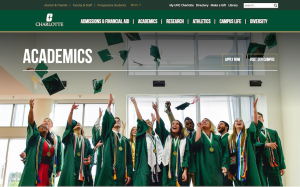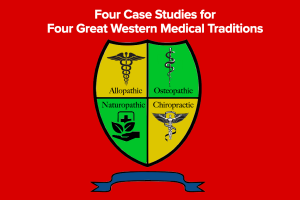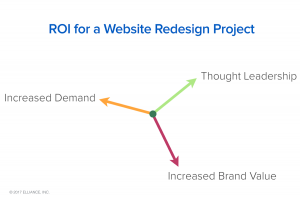
Macro forces often drive micro actions. This certainly holds true for manufacturing website design trends for the coming year. Our agency sees three primary forces impacting the manufacturing environment: First, there has been a generational shift from Boomers to Gen-Xers, Millennials, and Gen-Zers. By 2025, 75% of the global workforce will be largely comprised of […]







